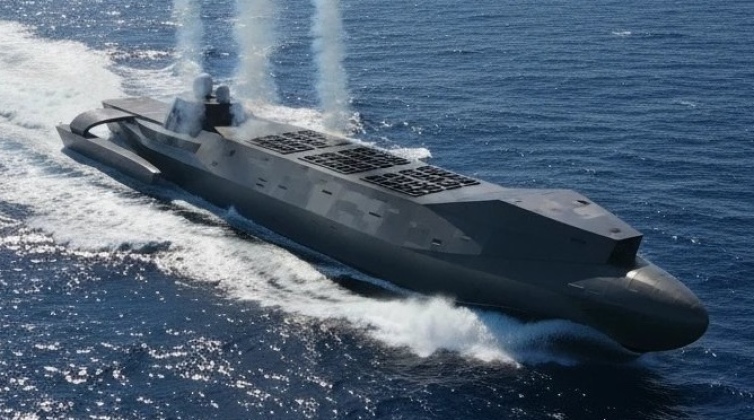In a groundbreaking shift that could redefine naval warfare, the US Navy is reportedly developing an underwater stealth carrier capable of launching drones and conducting surveillance while remaining completely hidden beneath the ocean’s surface. This innovative platform, designed to evade detection by satellites and missiles, comes as a direct response to the escalating threat posed by advanced anti-ship missiles from rivals like China.

Imagine a vessel that doesn’t float but lies submerged, striking from the depths with unparalleled stealth. This concept, reminiscent of World War II’s I400 class submarines, is now being reimagined with cutting-edge technology. The stealth carrier will leverage autonomous drones and advanced underwater systems to operate silently for extended periods, potentially revolutionizing how military operations are conducted in contested waters.
The urgency of this development is underscored by the growing capabilities of adversaries. China’s DF-21D and DF-26 missiles can target carriers from over 1,500 miles away, while hypersonic weapons threaten to outpace current defenses. The stakes are high; a single strike on a traditional aircraft carrier could result in catastrophic losses, making the stealth carrier a vital asset for the future of naval warfare.

Current prototypes and technologies are already in the works. The Navy is investing heavily in systems like the Boeing Orca, a fully autonomous underwater vehicle with a range of 6,500 nautical miles, designed to serve as a prototype for the stealth carrier. Additionally, Virginia-class submarines are being equipped with vertical launch systems capable of deploying an array of next-gen payloads, including loitering munitions and ISR pods.
However, significant challenges remain. The need for power, endurance, and reliable communication systems underwater poses complex engineering hurdles. Yet, the Navy’s ongoing investments indicate a commitment to overcoming these obstacles. With over $7 billion allocated for directed energy and autonomous systems, the groundwork for this stealth carrier is firmly being laid.

As the US Navy races against time to unveil this revolutionary platform, China and Russia are not standing still. Both nations are advancing their underwater capabilities, with China reportedly constructing unmanned underwater vehicles and developing sophisticated sonar systems to track foreign submarines. Meanwhile, Russia’s Poseidon drone poses a formidable strategic threat, capable of delivering nuclear payloads.
In this high-stakes arms race, the emergence of the US Navy’s underwater stealth carrier could shift the balance of power in naval warfare. As the Navy continues to refine its technology and strategies, the world watches closely. The age of submerged warfare is upon us, and the implications are profound. Stay tuned for further developments as this story unfolds.





